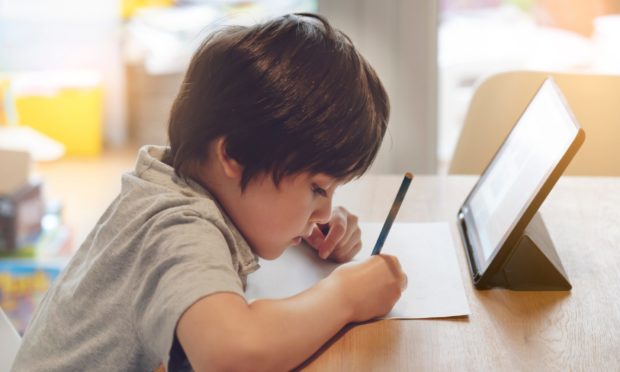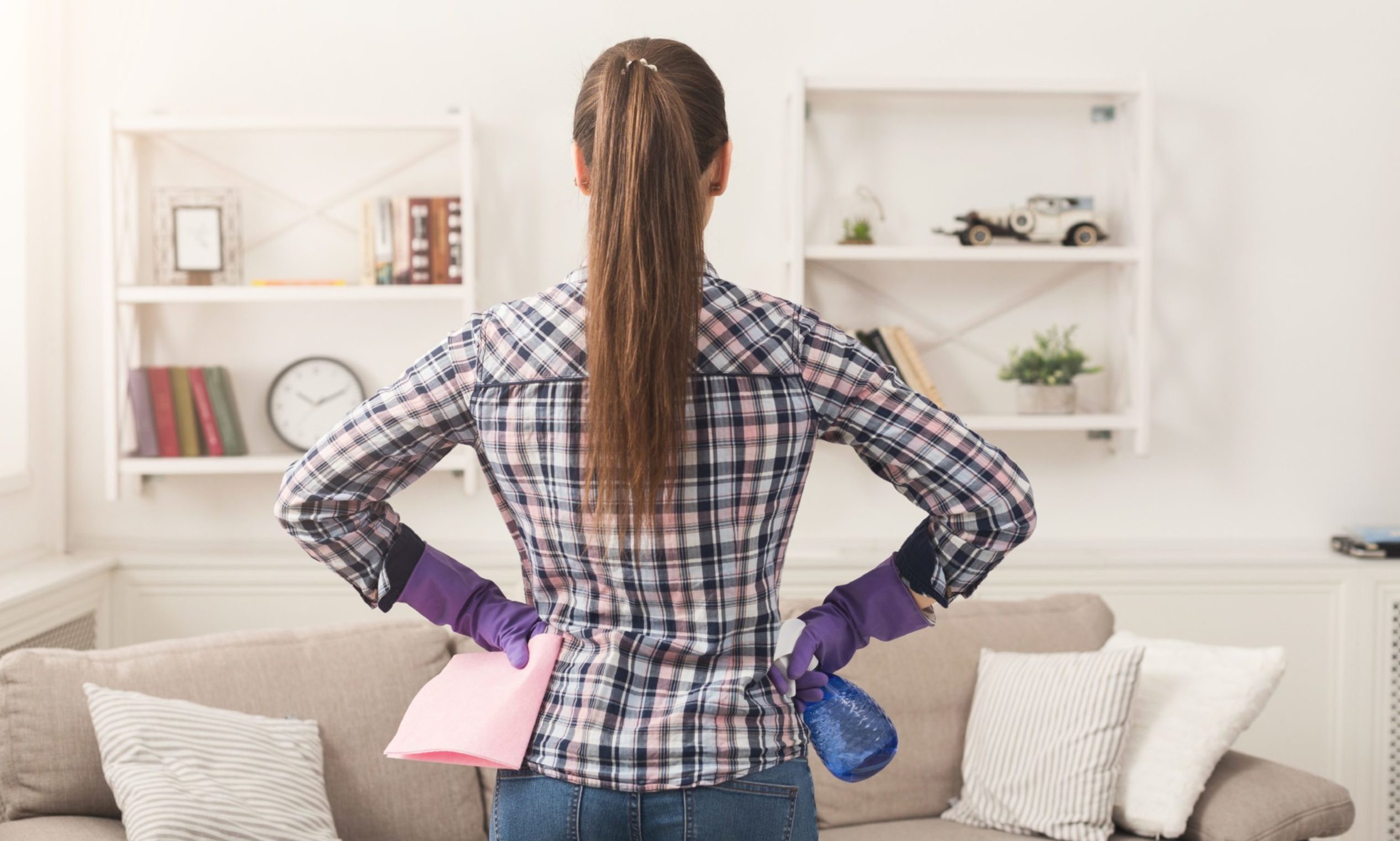More than half of all women say their wellbeing has been affected by the challenges of home-schooling during the current lockdown.
While more men than women have died from Covid-19 during the pandemic, new figures from the Office For National Statistics (ONS) show lives have been affected in many other ways as well.
Levels of anxiety and loneliness, and even time spent completing jobs around the house all appear to differ between the genders.
Home-schooling
Data released yesterday show 67% of women and 52% of men across the country home-schooled a child on at least one occasion between January 13 and February 7.
And, of them, more than half of all women said their mental wellbeing had suffered as a result of it.
This was more than the 45% of men who reported the same.
However, the ONS found these figures were significantly higher than when the same question was asked almost one year ago.
In April and early May 2020, 34% of women and 20% of men said their wellbeing had been negatively affected by home-schooling.
The statistics body has also measured a number of other factors taking a toll on people’s lives amid the pandemic.
Furlough
During the last six months of 2020, a “consistently greater” number of women than men were furloughed from their jobs.
In July, there were 2.9 million women on furlough across the UK compared to 2.7 million men.
Early estimates for December suggest this gap has dropped from 200,000 to around 30,000.
Other differences opened up as people spent more time at home as part of efforts to limit the spread of coronavirus.
Housework
An ONS poll in September and October found women were spending 64% more time completing chores around the house than men.
This totalled almost 2 hours and 45 minutes per day of activities including cooking, cleaning and tidying.
For men, the daily average was 1 hour and 40 minutes.
Mental health
The ONS also found “significantly different” levels of anxiety about the coronavirus, loneliness and depressive symptoms between men and women.
Respondents were asked to rate their daily anxiety on a scale from zero to 10, with a score of six or above deemed “high”.
At each occasion, the average response for women was around one point higher for women.
A similar gender gap was revealed when people were asked the extent of their daily worries regarding the impact of the pandemic on their lives.
Researchers believe loneliness prompted the strongest response to anxiety.
The ONS report into the figures said: “Analysis found that someone reporting loneliness is up to 4.7 times more likely to also experience high anxiety than someone who says they never feel lonely.
“Further analysis found that, while controlling for other characteristics such as age, disability and access to essentials, women were 1.3 times more likely to report loneliness than men during this time period.”
Death rates
Figures from National Records of Scotland show more men have died from coronavirus than women north of the border.
New statistics released yesterday showed a gender gap of around 3.5%.
Since the emergence of the disease, a total of 9,725 deaths have been registered with Covid-19 mentioned on the death certificate.
This included 4,779 women, but 4,946 men.
Help on offer
Mary Glasgow, the chief executive of charity Children 1st, said: “The current lockdown has been incredibly difficult for children and families.
“Parents have told us that they’re stressed and exhausted from trying to be their child’s teacher and give them the attention they need, while juggling their own work and all the other parts of family life.
“Our national survey showed that parents and carers want to see their child’s emotional wellbeing at the top of the curriculum when they return to school.
“We want parents and carers to know that if they’re struggling they don’t need to go through this alone.”
The charity operates a Parentline help service at 08000 28 22 33 and children1st.org.uk/parentline.

